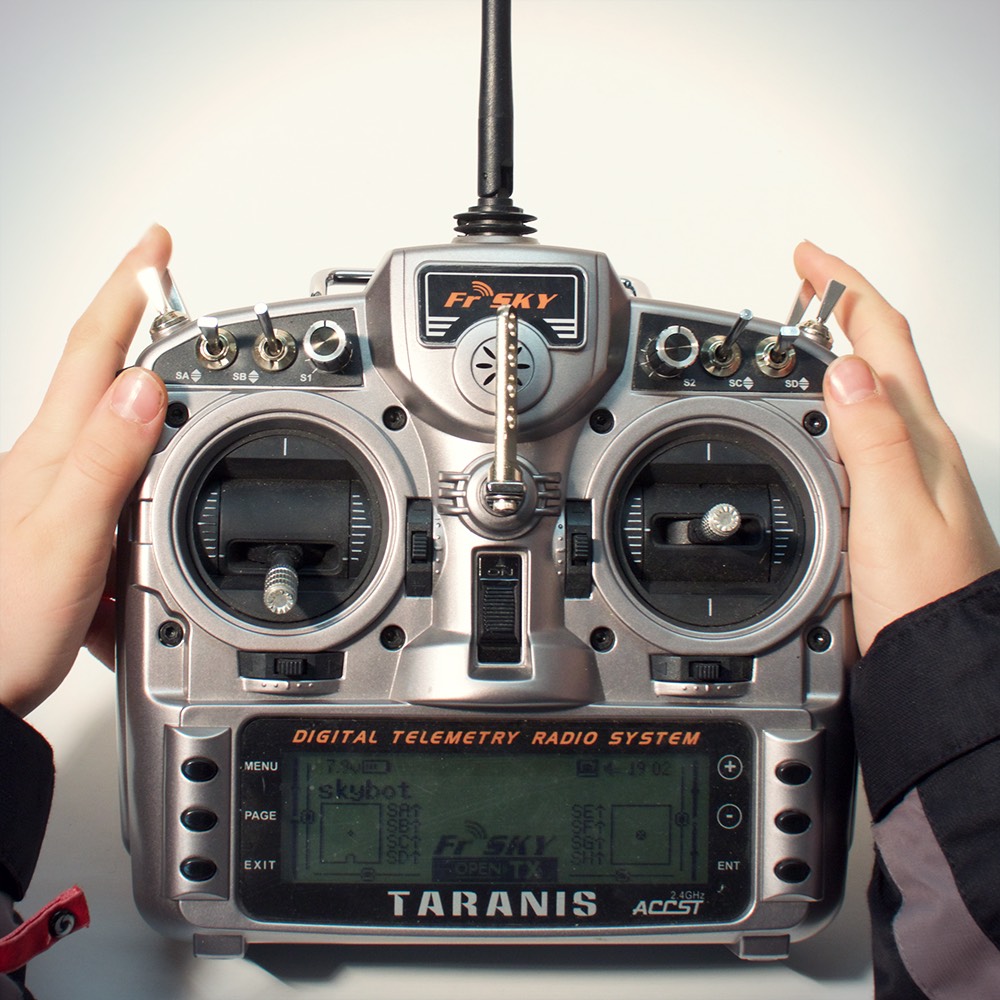GUIDE
GUIDE
PATENTED DESIGN
To launch the parachute, electric current is conducted through our patented Skycat FUSE® trigger assembly, which immediately releases the piston.
FUSE® technology makes Skycat the lightest and most reliable parachute launcher on the market, offering consistent performance across a wide temperature range.
Which skycat product should I buy?
Weight
Choose a system which can handle the weight of your aircraft. Parachutes have a weight limit given by the manufacturer, which defines the weight the parachute can withstand when opened in terminal velocity (free fall). You can find these limits in the store.
PRIORITIES
Decide what your priorities are, for example if you want to prioritize flight time over drag or the other way around. For flight time choose a light system, for better drag choose bigger parachute.
Laws
Some countries have laws that define maximum allowed impact energy, check your local regulations before buying.
How low can I launch the parachute?
In our tests we've managed to consistently measure drop distances of 3-10 meters.
Many factors contribute to drop distance, such as parachute size, aircraft's speed and angle during launch, temperature, wind conditions and many others.
You can visit Henri's YouTube channel and DIYDrones forum page to see numerous launches during various test phases, as well as many technical measurements taken during R&D. From there you can grasp what to expect.
Can I install multiple units?
Two, or even three Skycat launchers can be installed simultaneously, to provide extra drag and redundancy. For large airframes, our Skycat XL system is also an option, offering unbeatable drag-to-weight ratio.
Video: Twin parachute deployment.
Dual Skycat X68-CF setup onboard DJI S1000 multicopter. Picture: STS Aerial Media.
Two parachutes operate at about 160% efficiency due to the natural tilt of the parachute after opening.
dji copters
We have ready-to-use packages and kit versions for the most DJI copters. Models included are: DJI Inspire 2, DJI Inspire 1, Phantom 4 series, Phantom 3 series and DJI S1000. All models can be equipped with manual eject radio or third party automatic eject device.
Electrical installation
Download: Electrical properties documentation
Power source for launch can be either aircraft's flight battery or a dedicated launch battery. The release time and Current required depends on the battery and the launcher.
Trigger is controlled via one PWM channel, usually via RC receiver or Flight Controller's output port. Multiple control sources can be used by adding an extra trigger for each. Trigger gets its 4.9 - 6.1V operating voltage from the PWM wire.
To have parachute launch cabability even if aircraft loses power, we recommend using a BEC backup guard to keep receiver alive, and using a dedicated launch battery. Two recommended manufacturers for backup guards are OptiPower and Scorpion.
A sample Current / release time graph; 3S 800mAh full charge, X68-CF. More graphs are available from the link above.
radio setup
Radio is configured to launch the parachute and stop the motors when the launch switch is flipped.
Some radios allow two switches on the opposite sides to work together, so that both need to be pulled to launch the parachute. This helps to prevent accidental launches.
Video: Taranis Radio Setup
Mounting Skycat on a plane
In addition to multicopters, Skycat can also be used with planes and single rotor helicopters to prevent crash landings in an emergency.
Also see frequently asked questions with answers.






